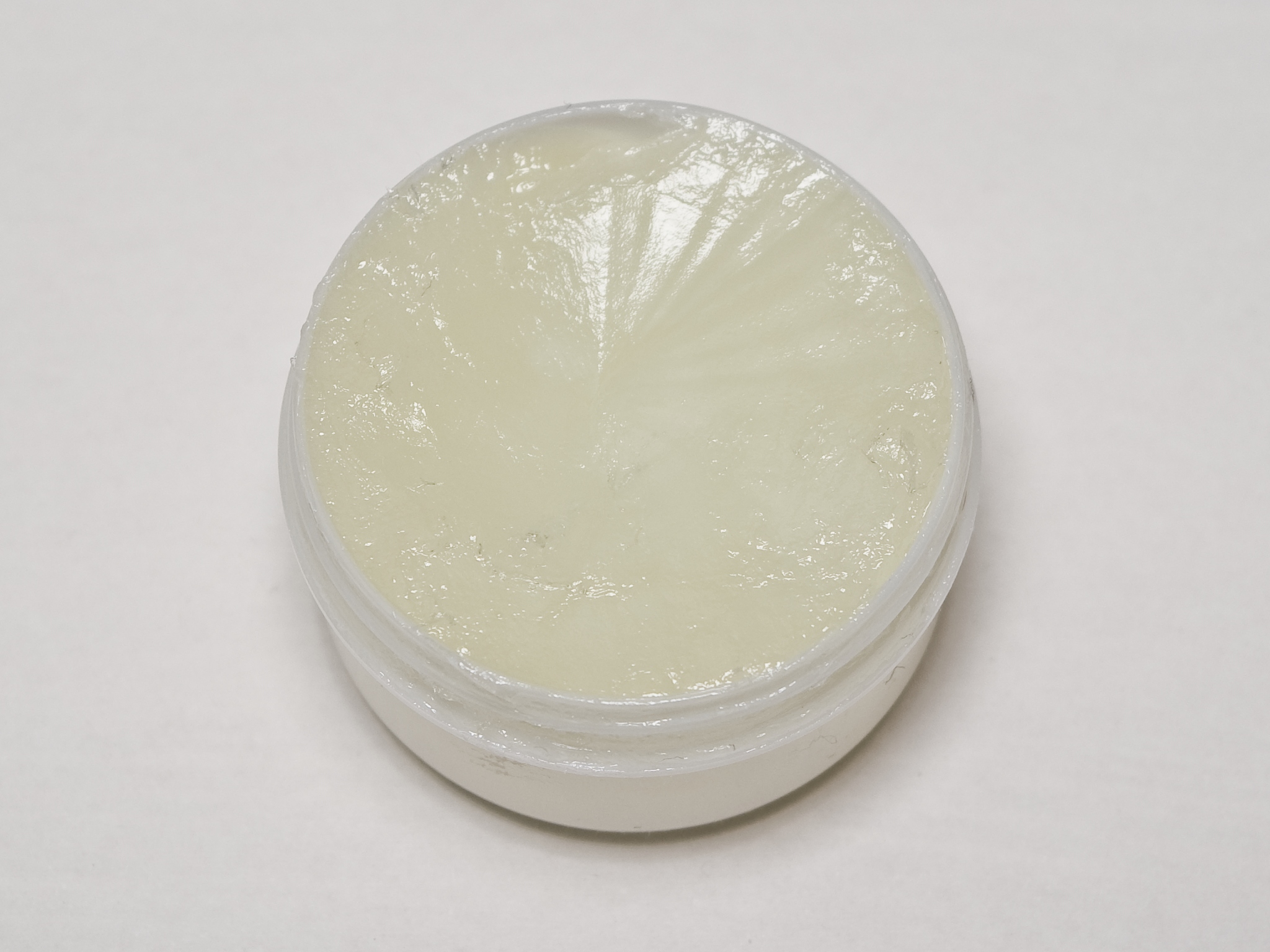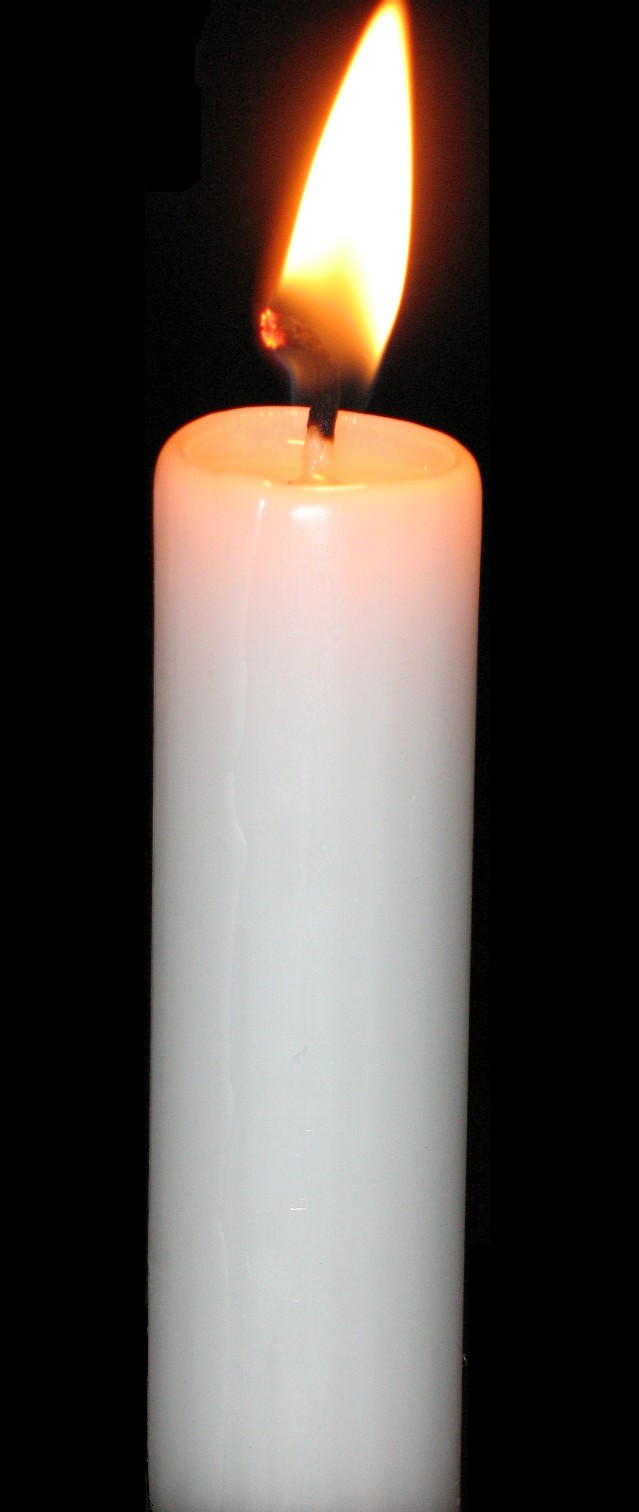|
Velopharyngeal Insufficiency
Velopharyngeal insufficiency is a disorder of structure that causes a failure of the velum (soft palate) to close against the posterior pharyngeal wall (back wall of the throat) during speech in order to close off the nose (nasal cavity) during oral speech production. This is important because speech requires sound (from the vocal folds) and airflow (from the lungs) to be directed into the oral cavity (mouth) for the production of all speech sound with the exception of nasal sounds (m, n, and ng). If complete closure does not occur during speech, this can cause hypernasality (a resonance disorder) and/or audible nasal emission during speech (a speech sound disorder). In addition, there may be inadequate airflow to produce most consonants, making them sound weak or omitted. The terms "velopharyngeal insufficiency" "velopharyngeal incompetence, "velopharyngeal inadequacy" and "velopharyngeal dysfunction" have often been used interchangeably, although they do not mean the same thing. ... [...More Info...] [...Related Items...] OR: [Wikipedia] [Google] [Baidu] |
Hypernasal Speech
Hypernasal speech is a disorder that causes abnormal resonance in a human's voice due to increased airflow through the nose during speech. It is caused by an open nasal cavity resulting from an incomplete closure of the soft palate and/or velopharyngeal sphincter. In normal speech, nasality is referred to as nasalization and is a linguistic category that can apply to vowels or consonants in a specific language. The primary underlying physical variable determining the degree of nasality in normal speech is the opening and closing of a velopharyngeal passage way between the oral vocal tract and the nasal vocal tract. In the normal vocal tract anatomy, this opening is controlled by lowering and raising the velum or soft palate, to open or close, respectively, the velopharyngeal passageway. Anatomy The palate comprises two parts, the hard palate (palatum durum) and the soft palate (palatum molle), which is connected to the uvula. The movements of the soft palate and the uvula are ... [...More Info...] [...Related Items...] OR: [Wikipedia] [Google] [Baidu] |
Petroleum Jelly
Petroleum jelly, petrolatum, white petrolatum, soft paraffin, or multi-hydrocarbon, CAS number 8009-03-8, is a semi-solid mixture of hydrocarbons (with carbon numbers mainly higher than 25), originally promoted as a topical ointment for its healing properties. The Vaseline brand is a well known American brand of petroleum jelly since 1870. After petroleum jelly became a medicine-chest staple, consumers began to use it for cosmetic purposes and for many ailments including toenail fungus, genital rashes (non- STD), nosebleeds, diaper rash, and common colds. Its folkloric medicinal value as a "cure-all" has since been limited by better scientific understanding of appropriate and inappropriate uses. It is recognized by the U.S. Food and Drug Administration (FDA) as an approved over-the-counter (OTC) skin protectant and remains widely used in cosmetic skin care, where it is often loosely referred to as mineral oil. History Marco Polo in 1273 described the oil exportation of B ... [...More Info...] [...Related Items...] OR: [Wikipedia] [Google] [Baidu] |
Classical Compound
Neoclassical compounds are compound words composed from combining forms (which act as affixes or stems) derived from classical Latin or ancient Greek roots. New Latin comprises many such words and is a substantial component of the technical and scientific lexicon of English and other languages, via international scientific vocabulary (ISV). For example, '' bio-'' combines with '' -graphy'' to form ''biography'' ("life" + "writing/recording"). Source of international technical vocabulary Neoclassical compounds represent a significant source of Neo-Latin vocabulary. Moreover, since these words are composed from classical languages whose prestige is or was respected throughout the Western European culture, these words typically appear in many different languages. Their widespread use makes technical writing generally accessible to readers who may only have a smattering of the language in which it appears. Not all European languages have been equally receptive to neoclassical tech ... [...More Info...] [...Related Items...] OR: [Wikipedia] [Google] [Baidu] |
Palatal Lift Prosthesis
A palatal lift prosthesis is a prosthesis that addresses a condition referred to as palatopharyngeal incompetence. Palatopharyngeal incompetence broadly refers to a muscular inability to sufficiently close the port between the nasopharynx and oropharynx during speech and/or swallowing. An inability to adequately close the palatopharyngeal port during speech results in hypernasalance that, depending upon its severity, can render speakers difficult to understand or unintelligible. The potential for compromised intelligibility secondary to hypernasalance is underscored when consideration is given to the fact that only three English language phonemes – /m/, /n/, and /ng/ – are pronounced with an open palatopharyngeal port. Furthermore, an impaired ability to effect a closure of the palatopharyngeal port while swallowing can result in the nasopharyngeal regurgitation of liquid or solid boluses. Palatopharyngeal incompetence should not be confused with palatopharyngeal insufficiency. ... [...More Info...] [...Related Items...] OR: [Wikipedia] [Google] [Baidu] |
Palatal Lift Prosthesis
A palatal lift prosthesis is a prosthesis that addresses a condition referred to as palatopharyngeal incompetence. Palatopharyngeal incompetence broadly refers to a muscular inability to sufficiently close the port between the nasopharynx and oropharynx during speech and/or swallowing. An inability to adequately close the palatopharyngeal port during speech results in hypernasalance that, depending upon its severity, can render speakers difficult to understand or unintelligible. The potential for compromised intelligibility secondary to hypernasalance is underscored when consideration is given to the fact that only three English language phonemes – /m/, /n/, and /ng/ – are pronounced with an open palatopharyngeal port. Furthermore, an impaired ability to effect a closure of the palatopharyngeal port while swallowing can result in the nasopharyngeal regurgitation of liquid or solid boluses. Palatopharyngeal incompetence should not be confused with palatopharyngeal insufficiency. ... [...More Info...] [...Related Items...] OR: [Wikipedia] [Google] [Baidu] |
Teflon
Polytetrafluoroethylene (PTFE) is a synthetic fluoropolymer of tetrafluoroethylene that has numerous applications. It is one of the best-known and widely applied PFAS. The commonly known brand name of PTFE-based composition is Teflon by Chemours, a spin-off from DuPont, which originally discovered the compound in 1938. Polytetrafluoroethylene is a fluorocarbon solid, as it is a high-molecular-weight polymer consisting wholly of carbon and fluorine. PTFE is hydrophobic: neither water nor water-containing substances wet PTFE, as fluorocarbons exhibit only small London dispersion forces due to the low electric polarizability of fluorine. PTFE has one of the lowest coefficients of friction of any solid. Polytetrafluoroethylene is used as a non-stick coating for pans and other cookware. It is non-reactive, partly because of the strength of carbon–fluorine bonds, so it is often used in containers and pipework for reactive and corrosive chemicals. Where used as a lubricant, PT ... [...More Info...] [...Related Items...] OR: [Wikipedia] [Google] [Baidu] |
Silastic
Silastic (a portmanteau of ' silicone' and 'plastic') is a trademark registered in 1948 by Dow Corning Corporation for flexible, inert silicone elastomer. Composition The Silastic trademark refers to silicone elastomers, silicone tubing and some cross-linked polydimethylsiloxane materials manufactured by Dow Corning,United States Patent and Trademark Office, . Filing date June 15, 1946; registration date April 13, 1948. Owner: Dow Corning Corporation, Midland, Michigan 48686-0994. the owner of the global trademark. Applications Silastic-brand silicone elastomers have a range of applications. In the automotive industry they are used for making gaskets, spark plug boots, hoses and other components that must operate over a broad temperature range and resist oil and coolants. The elastomers are widely used in the architectural, aerospace, electronic, food and beverage, textile, and transportation industries for molding, coating, adhesion and sealing. Due to their inert nature, medic ... [...More Info...] [...Related Items...] OR: [Wikipedia] [Google] [Baidu] |
Cartilage
Cartilage is a resilient and smooth type of connective tissue. In tetrapods, it covers and protects the ends of long bones at the joints as articular cartilage, and is a structural component of many body parts including the rib cage, the neck and the bronchial tubes, and the intervertebral discs. In other taxa, such as chondrichthyans, but also in cyclostomes, it may constitute a much greater proportion of the skeleton. It is not as hard and rigid as bone, but it is much stiffer and much less flexible than muscle. The matrix of cartilage is made up of glycosaminoglycans, proteoglycans, collagen fibers and, sometimes, elastin. Because of its rigidity, cartilage often serves the purpose of holding tubes open in the body. Examples include the rings of the trachea, such as the cricoid cartilage and carina. Cartilage is composed of specialized cells called chondrocytes that produce a large amount of collagenous extracellular matrix, abundant ground substance that is rich in pro ... [...More Info...] [...Related Items...] OR: [Wikipedia] [Google] [Baidu] |
Paraffin Wax
Paraffin wax (or petroleum wax) is a soft colorless solid derived from petroleum, coal, or oil shale that consists of a mixture of hydrocarbon molecules containing between 20 and 40 carbon atoms. It is solid at room temperature and begins to melt above approximately , and its boiling point is above . Common applications for paraffin wax include lubrication, electrical insulation, and candles; dyed paraffin wax can be made into crayons. It is distinct from kerosene and other petroleum products that are sometimes called paraffin. Un-dyed, unscented paraffin candles are odorless and bluish-white. Paraffin wax was first created by Carl Reichenbach in Germany in 1830 and marked a major advancement in candlemaking technology, as it burned more cleanly and reliably than tallow candles and was cheaper to produce. In chemistry, ''paraffin'' is used synonymously with ''alkane'', indicating hydrocarbons with the general formula C''n''H2''n''+2. The name is derived from Latin ''parum'' (" ... [...More Info...] [...Related Items...] OR: [Wikipedia] [Google] [Baidu] |
Augmentation Pharyngoplasty
Augmentation pharyngoplasty is a kind of plastic surgery for the pharynx (soft tissue at the back of the mouth) when the tissue at the back of the mouth is not able to close properly. It is typically used to correct speech problems in children with cleft palate. It may also be used to correct problems from a tonsillectomy or because of degenerative diseases. After the surgery, patients have an easier time pronouncing certain sounds, such as 'p' and 't', and the voice may have a less nasal sound. In this surgery, the posterior pharyngeal wall is moved forward, making it similar to an adenoid pad and closing the small gap that interferes with clear speech. image:pharyngeal_flap_procedures1.svg, image:pharyngeal_flap_tongue_letter_k.svg, The tongue moves back in the mouth while pronouncing the letter 'k' (or similar sounds). If the soft palate (orange in this image) is cleft, air escapes and a nasal sound is produced instead. The surgery fixes this. image:pharyngeal_flap_procedures ... [...More Info...] [...Related Items...] OR: [Wikipedia] [Google] [Baidu] |





